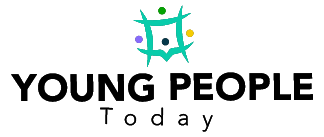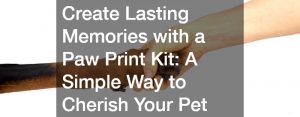Bankruptcy is a legal option designed for businesses and individuals with severe debt issues. If you qualify for bankruptcy, you can either eliminate some types of debts or repay them under a strategy approved by the court. The three primary categories of bankruptcy filings are chapter 7, 11, and 13.
Chapter 7 bankruptcy is ideal for those whose income falls below an allotted amount on a Means Test. It allows a sale of various non-exempt assets and the use of the proceeds to offset your debts.
An experienced bankruptcy lawyer in Salt Lake City might recommend Chapter 11 bankruptcy for businesses that want to continue operating while repaying their debts. Chapter 13 bankruptcy filing is meant for debtors with a regular income. In this type of bankruptcy, you will keep your assets and repay creditors over a 3-5-year period, during which you are protected from lawsuits from creditors. Chapter 13 bankruptcy is, therefore, essentially a repayment plan.
Here is the sequence for the repayment of various creditors under a chapter 13 bankruptcy relief:
Trustee and Legal Fees
If you cannot pay your attorney’s fees before the bankruptcy relief is awarded, your chapter 13 trustee will settle these expenses before the payment of other debts. Other than the attorney, you will pay the court in which you file your bankruptcy case. Your trustee’s fees are paid throughout your debt’s repayment. He or she will take 5-10% of the money paid to your creditors to cover these fees. The exact percentage of the trustee’s fees depends on your state’s laws and the trustee.
Secured Debts
These include all debts for which you have given a piece of your property as collateral. The common secured debts in chapter 13 bankruptcy are car loans and mortgages. Debts taken to finance the purchase of new furniture are also commonly secured since the furniture serves as the debts’ collateral.
The repayment plan for secured debts will depend on the debt’s type and your intentions with the loan’s collateral. If you intend to retain the collateral, you will repay the debts at reduced interest rates. If not, the collateral is sold and the proceeds are used for payment while the debt’s balance becomes an unsecured loan.
Priority Debts
 These include child support arrears and outstanding taxes. You will not complete your chapter 13 relief unless these are paid in full over the 3-5-year bankruptcy period. In most cases, unsecured debts cannot be paid unless priority debts are fully repaid. In other cases, these may be repaid concurrently.
These include child support arrears and outstanding taxes. You will not complete your chapter 13 relief unless these are paid in full over the 3-5-year bankruptcy period. In most cases, unsecured debts cannot be paid unless priority debts are fully repaid. In other cases, these may be repaid concurrently.
Unsecured Debts
These are the last debts to be paid, which include paycheck advance, credit card, personal lines of credit, and student loans. While you might discharge some types of unsecured loans, you cannot be released from repaying student loans. If you demonstrate undue hardship, you can be allowed to reduce the loan’s amount rather than repay it fully.
The specifics of a bankruptcy filing are complicated. Though the above is the usual sequence of repayment in chapter 13, there are instances when you can repay an unsecured creditor first. Your attorney will only advise this if the payment does not complicate the repayment of secured and priority creditors, as well as legal and trustee fees.







